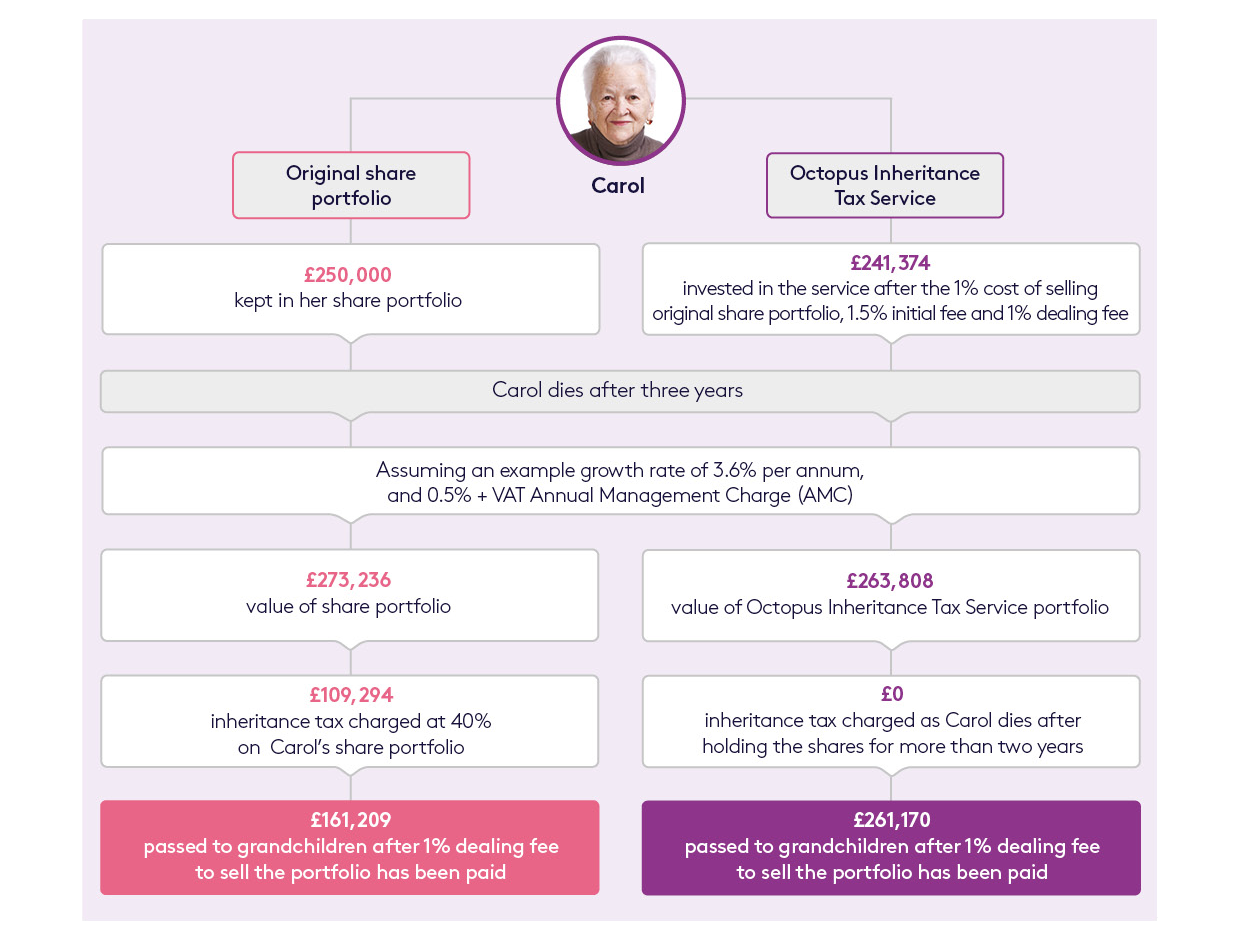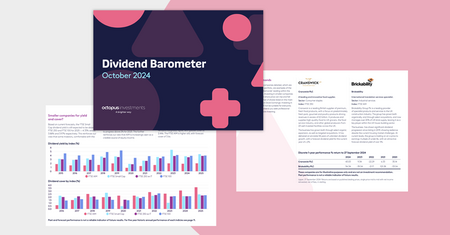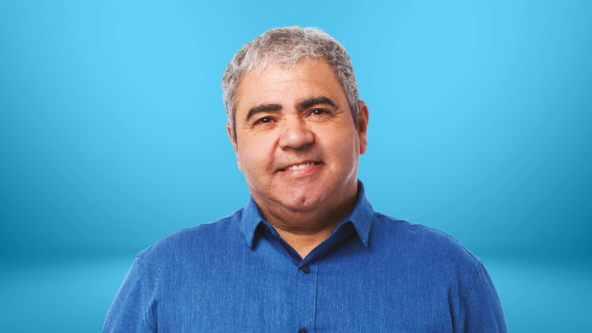Estate planning for clients who want to retain access to capital
Estate planning
What to do for clients who want to retain access to capital?
Some clients are reluctant to move forward with their estate planning because they feel uncomfortable giving away assets, even if they can afford to do so.
Business Relief (BR) offers a way for clients to plan for inheritance tax while keeping assets in their own name.
Remember, BR won’t be right for everyone. It puts investor capital at risk and comes with other considerations. We cover the risks in more detail in this scenario.
About this planning scenario
This is a tax-planning scenario designed to help you build appropriate strategies for your clients.
Nothing here should be viewed as advice. Any suitability decisions should be based on a client’s objectives and needs, as well as their attitude and capacity for risk.
Advisers should consider the value of tax reliefs for a client and the impact of charges relevant to the product represented or any product chosen.
Meet Carol
Key risks
Carol’s adviser explains the risks of Business Relief qualifying investments
Carol’s adviser makes it clear to her that the value of a BR qualifying investment, and any income from it, can fall as well as rise. She may not get back the full amount she invests.
He also explains that BR is assessed by HMRC on a case-by-case basis, and that this assessment happens when an estate makes a claim. The ability to claim the relief will depend on the company or companies Carol invests in qualifying for BR at the time the claim is made.
Tax treatment will also depend on personal circumstances, and tax legislation could change in future.
Her adviser explains that the shares of unlisted and AIM-listed companies can be harder to sell than shares listed on the main market of the London Stock Exchange. Their share price may also be more volatile.
Get in touch with your local IHT expert to discuss this scenario
How it works
How a Business Relief qualifying investment works in practice
Let’s see how it might look if Carol were to invest in the Octopus Inheritance Tax Service,
a service that invests in the shares of one or more unquoted companies expected to qualify for Business Relief.

Please note
- This example is for illustrative purposes only and each investor’s own tax situation may be different.
- For ease of comparison, we’ve assumed identical charging structures, an annual growth rate of 3.6%, and that annual management charges are calculated annually.
- The risk profile of each portfolio, charging structure, and any growth or losses is likely to differ.
- This example does not include any charges paid for financial advice.
- The Octopus Inheritance Tax Service has an initial charge of 1.5%, a deferred AMC of up to 0.5% + VAT and a dealing fee of 1%. AMC is calculated daily.
- This example assumes that the investments will be held until death and the nil rate band is offset against other assets.
Find out more about how the Octopus Inheritance Tax Service could help clients like Carol
Other scenarios










